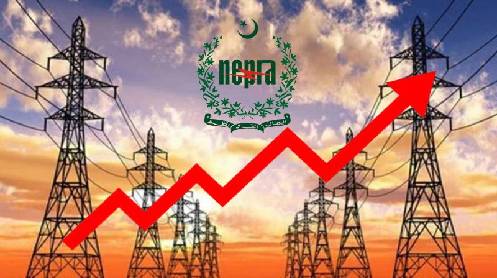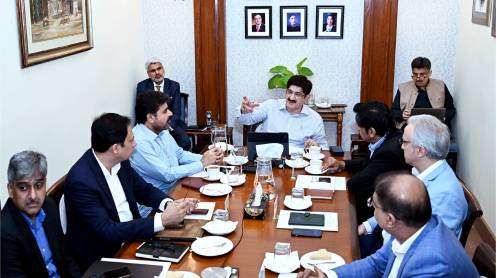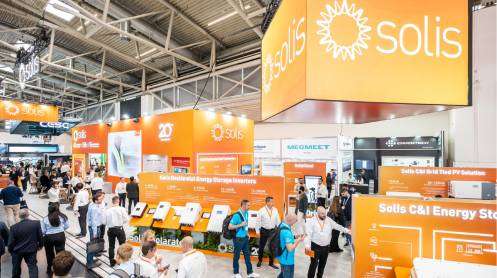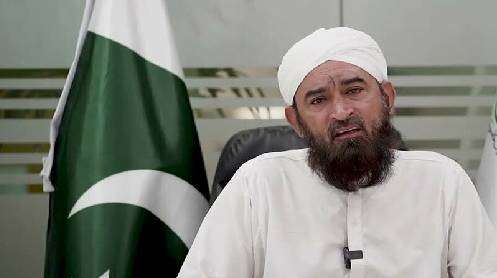ISLAMABAD, May 9: Contrary to public expectations of substantial relief, the government is unlikely to implement a significant reduction in the base electricity tariff for the upcoming fiscal year 2025-26. According to official sources, the proposed adjustment ranges from a modest 30 paisa to a maximum of Rs2.25 per unit, depending heavily on exchange rate fluctuations and other economic variables.
The Central Power Purchasing Agency (CPPA), under the Power Division, has submitted its projected Power Purchase Price (PPP) for FY26 to the National Electric Power Regulatory Authority (NEPRA). NEPRA will conduct a public hearing on May 15 to evaluate the proposal and determine the consumer-end tariff in consultation with stakeholders.
In the most optimistic scenario — assuming stable economic conditions and an exchange rate of Rs280 to the US dollar — the average base tariff could drop by Rs2.25 per unit, reducing it from the current Rs27/kWh to Rs24.75/kWh. However, this is deemed unlikely by experts.
In six other scenarios, where the rupee is assumed to depreciate to Rs300, the potential reduction in base tariff narrows to just 30 paisa per unit. These projections primarily attribute cost savings to reduced capacity payments rather than any major shift in fuel costs or power purchase dynamics.
The total electricity cost, excluding taxes and surcharges, is projected to hover between Rs34 and Rs35 per unit. This figure includes a projected fuel cost component ranging from Rs8.16 to Rs9.52 per unit on top of the average PPP.
The CPPA developed seven scenarios through sensitivity analysis, evaluating variables such as fuel prices, demand, hydrology, and exchange rates. Under these, indigenous energy sources are expected to account for 55% to 58% of the energy mix, while clean energy sources would comprise 52% to 56%.
The worst-case scenario envisions low hydrology, an exchange rate of Rs300, and standard fuel prices — resulting in the highest projected PPP of Rs26.70/kWh.
Electricity demand is expected to grow between 3% and 5% in all cases, though the most stable demand outlook is linked to a consistent exchange rate of Rs280.
Economic indicators factored into the calculations include US inflation at 2%, Pakistan’s inflation at 8.65%, a Karachi Interbank Offered Rate (KIBOR) of 11.9%, and international interest rates at 4.07%. Transmission losses are projected at 2.80%.
Following NEPRA’s determination, the proposal will be submitted to the federal cabinet for approval and subsidy allocation. The Power Division will then file a follow-up tariff schedule for NEPRA’s endorsement, aligning with commitments made to the International Monetary Fund (IMF).
Story by Khaleeq Kiani








